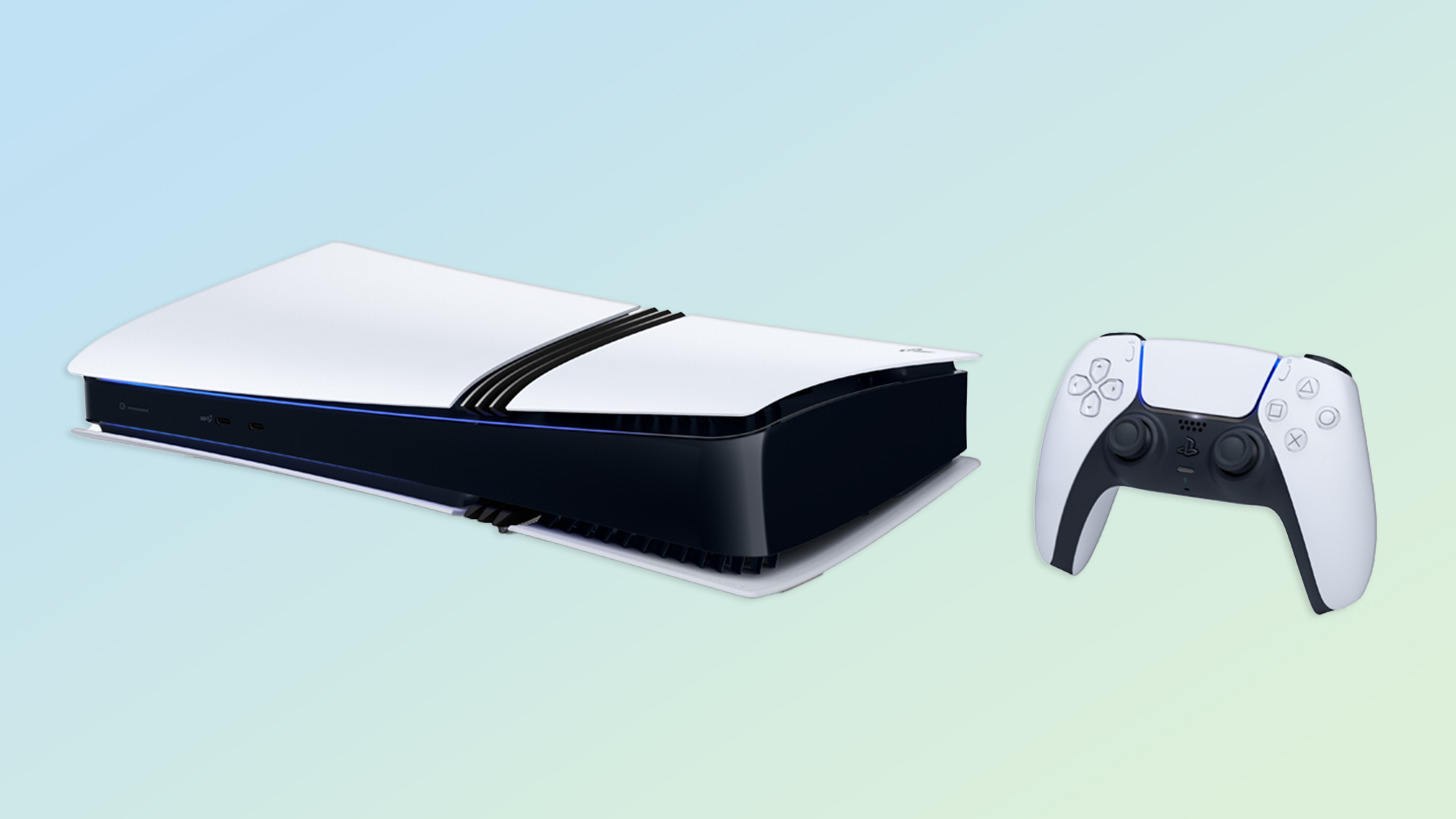
When Sony announced the $700 PlayStation 5 Pro it was easy to scoff at the super-high price (even if it's somehow still cheaper than the PS3 at launch, which would cost $950 today according to the Bureau of Labor Statistics inflation calculator).
However, it may be a console that we shouldn't dismiss outright. In an interview with CNET, Sony's Mark Cerny, the chief architect behind the PS5 and PS5 Pro, claims that this high-end console will feature ray tracing tech that "no other AMD GPUs" use — yet.
Cerny did not provide specific details about what is going with the AMD GPU in the PS5 Pro. He does note that new ray tracing technology was created by AMD as part of a GPU road map and that the company's RX 9700 XTX units don't have whatever this new ray tracing tech is yet. Without more information, it certainly sounds like Sony has something unique and exclusive from AMD.
From the interview, Cerny says that "we motivated the development" of this new tech. In our read, it sounds like a big motivation was to not only improve graphics but also make it easier to port PS5 games over to PC. At the same time, he tells CNET that Sony wants to "lead the way" for future gaming trends. This is something that Cerny has claimed before about Sony consoles, which is debatable.
Regarding ray tracing, presumably, Cerny is talking around the as yet unreleased RNDA 4 GPUs that AMD is expected to target the mid-range segment of the GPU market. Currently, the PS5 utilizes RDNA 2 architecture, which is significantly slower than the available RDNA 3 that has been out since 2022.
With a 1.67x speed increase over the standard PS5, and potentially RDNA 4, we could see significant performance improvements on the Pro models. We'll know more when the PS5 Pro officially hits shelves on November 7.
The news is interesting, and it may give us a preview of how AMD wants to challenge Nvidia, which currently dominates ray tracing. However, save the most techy of gamers, it may not justify the new price point for most people. Even considering inflation and the rising cost of production, $700 remains a tough pill to swallow.







